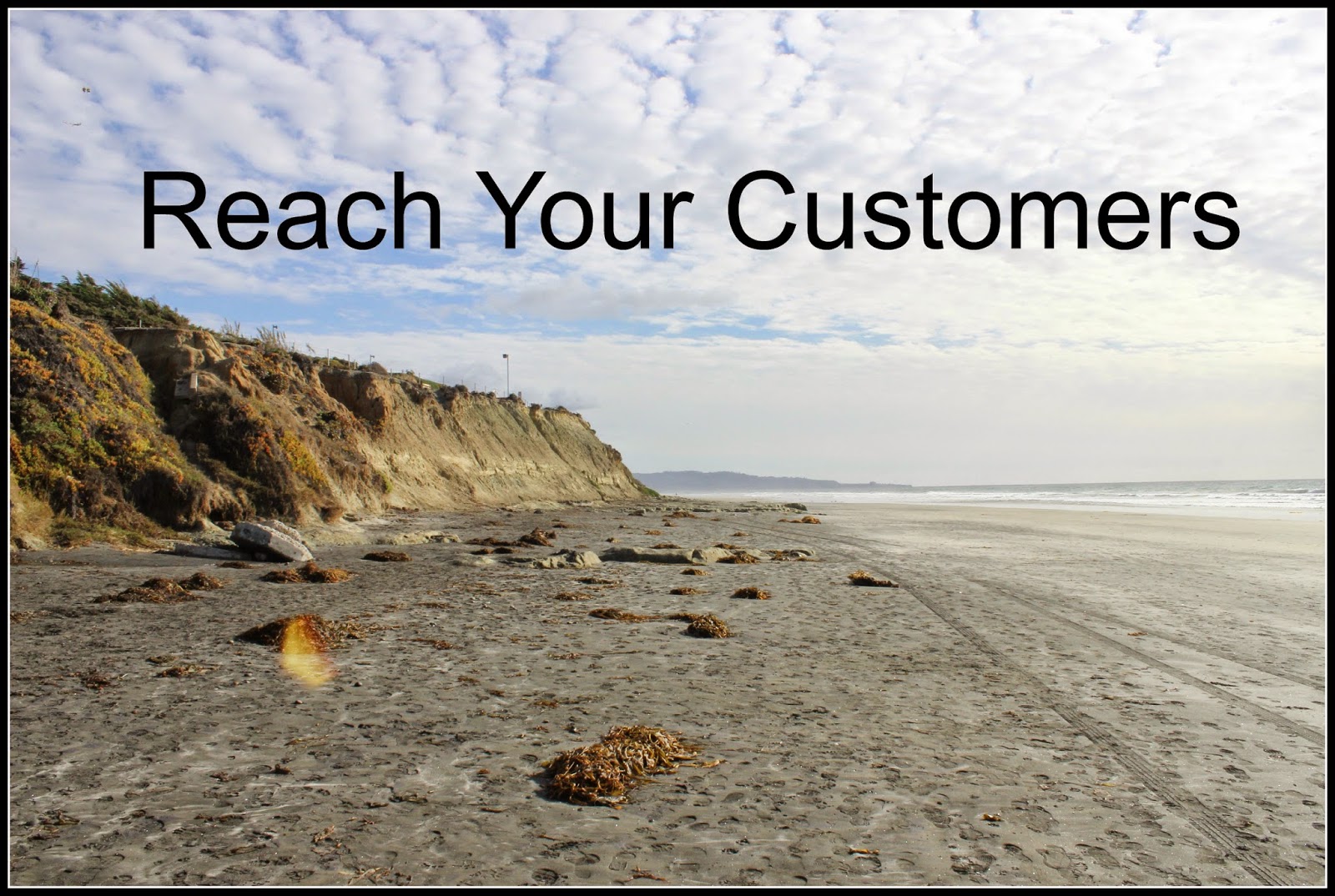You have a business and would like to advertise online but you don’t know how you are going to compete against companies much larger than yours. Many of the keywords you would normally associate with your product have already been widely used by other well known companies leaving your search ranking position further down the page. According to a study in the Journal of Advertising increasing your search position is more likely if you are very specific with your keywords and phrases (Yoo, 2014). Developing online branding can be helped with specificity of key word choice that leads to higher customers attraction and recall.
Small businesses have a hard time competing with larger businesses in branding. It makes little difference if you are discussing traditional forms of advertising or online advertising. As consumers look online to find the products and services they need they will use certain keywords that help them find what they are looking for.
Consumers are very specific and goal directed in their online searchers. If they live in San Diego and want to find a particular type of food such as organic tacos in downtown they are not likely to have broad searches such as taco or organic as a single keyword choice. Instead they may use a combination of words and phrases that include downtown, San Diego, taco, organic, and/or health.
To develop a brand requires creating an association in the minds of people between their keywords and the image of your business. So using a proper combination of keywords should also recall your business online creating a connection in the consumers mind. Every time they think of these keywords they should also be thinking of your specific business.
Search algorithms create a way of finding and doing business. The very first time a customer needs to find something they will use a search engine. After that they may not use a search engine again because they already have frequented the business. If the experience was a pleasurable one they seek your business again using the same method they found it in the first place.
Developing a stronger brand image is possible for smaller businesses if they successfully use keywords and phrases that have not been soaked up by larger companies. Small business often succeeds when it develops a core group of customers interested in its niche offerings. Using keywords appropriately will offer opportunities to tune into that keyword market and further develop ways of ensuring your business is easy to find and accessible. Finding a successful online strategy requires thinking specifically about your business strategy and its brand image.
Yoo, C. (2014). Branding potential of keyword search ads: the effects of ad rankings on brand recognition and evaluations. Journal of Advertising, 43 (1).

